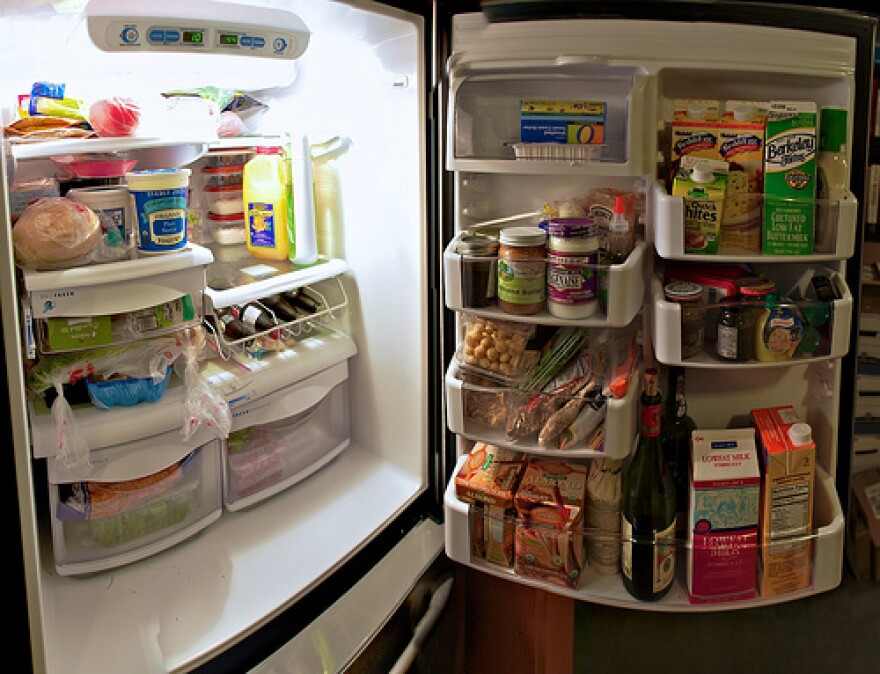Thanks to refrigeration technology, trips to the grocery store don’t have to be made on a daily basis. However, there are still some safety concerns to keep in mind when storing food.
This week on “Take Care,” food safety expert Benjamin Chapman tells us what we should pay attention to when it comes to proper refrigeration. Chapman is an associate professor and food safety extension specialist at North Carolina State University, and is the co-host of the podcast “Food Safety Talk.”
Before the refrigerator there was the ice box, and before the ice box there was time consuming drying techniques, according to Chapman. But out of these three, the refrigerator is the simplest in terms of user friendliness. A refrigerator works by exchanging heat with cold air through a series of coils that contain coolants, says Chapman.
“Over time, as food is put into the refrigerator…the heat that is in those foods is taken out and is transferred to the outside area,” Chapman said.
The ideal temperature to keep your fridge at is 41degrees Fahrenheit or below, says Chapman. This slows down microorganisms that can cause spoilage, such as mold or fungus, but most importantly slows down a specific foodborne pathogen called listeria.
“Listeria is one of the few foodborne pathogens that can grow at refrigeration temperatures,” Chapman said.
Although listeria is common and most of us are exposed to it on a daily basis, ingesting an overgrowth of the pathogen can cause symptoms, such as fever, chills, muscle aches, or a stiff neck, according to Centers for Disease Control and Prevention.
But as far as the freezer temperature goes, it’s really more of a personal preference how cold it should be, says Chapman.
“I am constantly in a battle of can I get things frozen hard enough. But once we get well below 33 degrees, we’ve really arrested the spoilage microorganisms and the pathogens from growing,” Chapman said. “What we’re really doing from a freezing stand point is trying to preserve the water in that food and keep the moisture in it.”
So if you like to freeze your food rock solid like Chapman does, setting the freezer to zero degrees would be the best option.
But say you have a food, such as cut greens or fruit that you want to keep a bit cooler than the rest of the fridge, but not completely freeze. For this, Chapman says the back of the fridge and the crisper drawers are what stay the coolest. He also suggests keeping leftovers in one of these two spots.
In the case of a power outage, Chapman says food can remain fresh for up to five hours if the refrigerator door stays shut, and if there are a lot of solid foods present. Solid foods can help maintain refrigerator temperature more so than liquids, according to Chapman. Once food is over 41 degrees however, there isn’t much time left before it has to find a new home in the trash.







